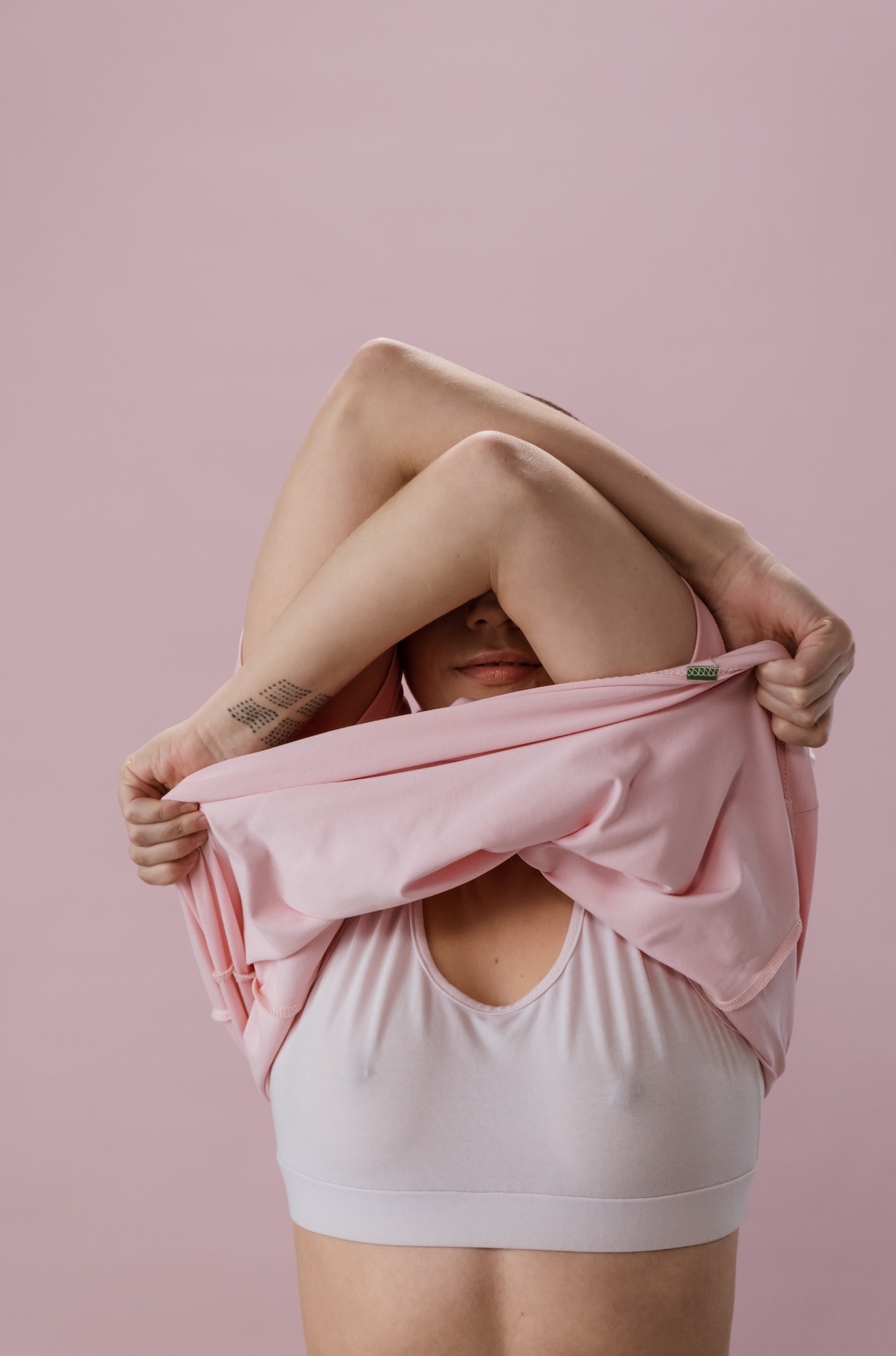Some women consign themselves to breastfeeding in public toilets to prevent their apparently sexually explosive nipples causing offence. On hot days, meanwhile, males of all ages, shapes and sizes, peel off their tops without a second thought.
For over a decade many social media platforms banned the exposure of female, but not male nipples. Tech CEOs say they fear unleashing torrents of pornographic imagery. These platforms do allow images of female nipples in some contexts such as breastfeeding and medical issues.
However, the oversight board of Meta, the parent company of Facebook and
Instagram, recently instructed both platforms to re-examine their policy on nipple exposure. It also recommends that Meta change its Adult Nudity and Sexual Activity Community Standard so that it is governed by clear criteria that respect international human rights standards.
Some campaigners hailed the news as a breakthrough. But there are no guarantees about what action these companies will take. It will come down to whatever best protects their interests and possibly finances, which could mean less change than people are hoping for.
Meta’s announcement was triggered by the case of a trans non-binary US couple posing topless, (with their nipples covered), to increase awareness of trans health care issues and to raise money for “top” surgery. Facebook and Instagram’s algorithm categorised the post as “sexual solicitation” and removed it (although their post was reinstated after they appealed).
This couple’s case may have forced Meta into acting but it’s also an example of why it’s still too early to celebrate. Millions of images are uploaded onto Facebook and Instagram each day. Moderating the content to prevent their platforms from being used to distribute porn, indecent images of children and violence is difficult and expensive. Algorithms are a cheaper but less discerning solution than solely using people to evaluate content.
A long road to here
These platforms have therefore long resisted change in spite of movements such as Free the Nipple campaigning for women’s freedom of bodily expression and professionals protesting their right to upload artistic photographs of topless indigenous women or culturally important images.
Social media platforms have incredible influence over people’s attitudes and behaviour. They enable the glorification of ageless and unrealistic female beauty which contributes to body dysmorphia, disordered eating practices and increased uptake of cosmetic procedures. Notably, these sites have also struggled to prevent the spread of violent videos.

Social media users have got creative to get around bans on photos of nipples. cottonbro studio/Pexels
People have taken to superimposing stickers of male nipples over female nipples to get around social media censors. The sticker overlays circumvent the rules but do not change the mindset that perceives female nipples as sexualised body parts, appropriated by the male gaze. If Facebook and Instagram only revise their policies to allow photos of exposed nipples if they belong to trans and non-binary people, this would still encourage the continued sexual objectification of cisgender women’s breasts and nipples.
The history of nipple censorship
Across many western cultures, exposed female nipples are seen as taboo, indecent and sometimes even illegal. In contrast, men with muscular chests and six-packs and taut ornamental nipples adorn fashion magazines, advertise products and are emblazoned across billboards. These practices are not always viewed as sexualised despite the fact many adverts are produced with this aim.
This also brings us back to the question as to whether female nipples are inevitably erotic. Some commentators claim men are hardwired to concentrate their erotic gaze on specific female body parts such as breasts. However, people’s beliefs about what constitutes an erotic body part has changed across history and cultures.
Both religion and cultural standards play a pivotal role in what is acceptable. Bare chests for both sexes were the norm in warm climates until the 12th century when Islam became more influential. Aboriginal topless culture was also commonplace in Australia until 2004 when police officers told a group of topless Aboriginal women performing a traditional dance that they had to cover up.
In previous time periods in England, the leg and the calves were regarded as more risqué than the nipples. In contrast in China the traditional practice of binding women’s feet to make them smaller, and thereby crippling them, was entwined with misogynistic eroticism.
On the other hand, European paintings from the Middle Ages to about the 1700s regularly featured women exposing one breast and nipple. In fact women often adorned their nipples with reddish-orange makeup from their dressing tables during this era. During this time “nipslips”, whether accidental or not, didn’t create outrage or taboo or signal the sexual availability of the woman involved. Compare this to Daily Mail article about a “photo exclusive” of supermodel Naomi Campbell accidentally exposing a nipple, which the newspaper ironically then censored in their article.
Up until 1936 in the US, men were also prohibited from exposing their nipples. Nudity for either sex was regarded as obscene until a mass male protest overturned this rule.
The debate around the exposure of female nipples in public or on social media suggests their sexualisation is a cultural phenomenon through which men control women’s bodies and feel entitled to make degrading comments about them.
British actress, Florence Pugh, arrived at a fashion show in 2022 wearing a sheer fuchsia dress which exposed her nipples. She wrote on Instagram of the experience:
“What’s been interesting to … witness is just how easy it is for men to totally destroy a woman’s body, publicly, proudly, for everyone to see … So many of you wanted to aggressively let me know how disappointed you were by my ‘tiny tits’, or how I should be embarrassed by being so flat chested.”
Lorraine Green, Senior Lecturer in Social Sciences, Edge Hill University
This article is republished from The Conversation under a Creative Commons license. Read the original article.
Featured image: Pexels

